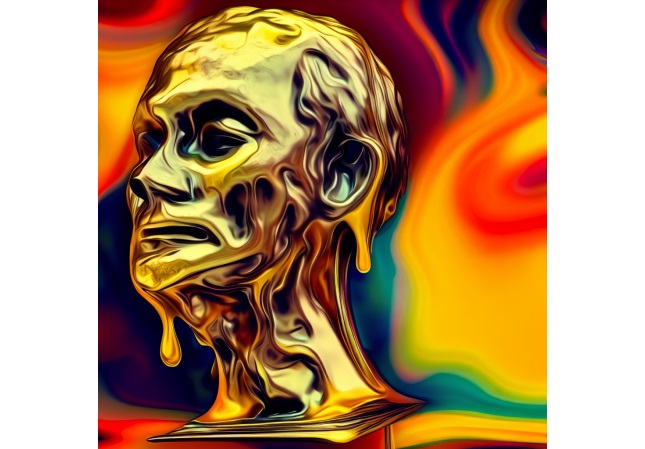
The term “Nobel Disease” describes Nobel laureates endorsing unscientific ideas post-recognition, underscoring expertise limits and the need for critical thinking.
Nobel Disease
Nobel Disease refers to the tendency of some Nobel laureates to support dubious, controversial, or even conspiracy theories after achieving the pinnacle of scientific acclaim. This phenomenon highlights a critical lesson: expertise in one area does not necessarily translate to other fields, and even the most respected authorities can fall prey to irrational beliefs.
Examples of Nobel Disease
Several Nobel laureates have made headlines for their controversial views that deviate from scientific consensus:
– Luc Montagnier: The virologist, who won the Nobel Prize for his role in discovering HIV, later made claims about the memory of water, a concept widely discredited in the scientific community.
– Linus Pauling: After winning two Nobel Prizes, Pauling advocated for high doses of Vitamin C as a cure for the common cold and cancer, despite a lack of robust scientific evidence.
– James Watson: The co-discoverer of the DNA double helix structure and Nobel laureate made racially charged comments that were widely criticized and contradicted by genetic research.
The Underlying Causes
The reasons behind Nobel Disease are multifaceted. It may stem from a sense of intellectual invincibility that comes with the Nobel Prize, leading laureates to overestimate their expertise in areas outside their specialization. Additionally, the public and media often give Nobel laureates a platform to voice their opinions, which can amplify their unscientific beliefs.
The Importance of Critical Thinking
Nobel Disease serves as a reminder that critical thinking is essential, regardless of the source of information. Even when information comes from a Nobel laureate or another trusted authority, it is crucial to evaluate the evidence and reasoning behind their claims. Science literacy and the ability to reason scientifically are key defenses against falling for pseudoscience.
Conclusion
Nobel Disease is a humbling illustration that no one is infallible, and that even the brightest minds can succumb to irrationality. Next time you hear an eminent psychologist giving his opinions on climate change or a famous businessman telling you about geopolitics, you might be seeing something similar to Nobel Disease. It underscores the importance of maintaining intellectual humility and the need for continuous critical evaluation of all claims, scientific or otherwise. As we navigate an era rife with misinformation, the ability to think critically about all information, even from esteemed sources, remains our best tool for discerning truth from falsehood.
The one with a Nobel prize winner
Critical Thinking
“THE NOBEL DISEASE OR NOBELITIS”
Nature Magazine, BHF, Sheffield University, Oxford University, The Guardian, Wikipedia, Leeds University



